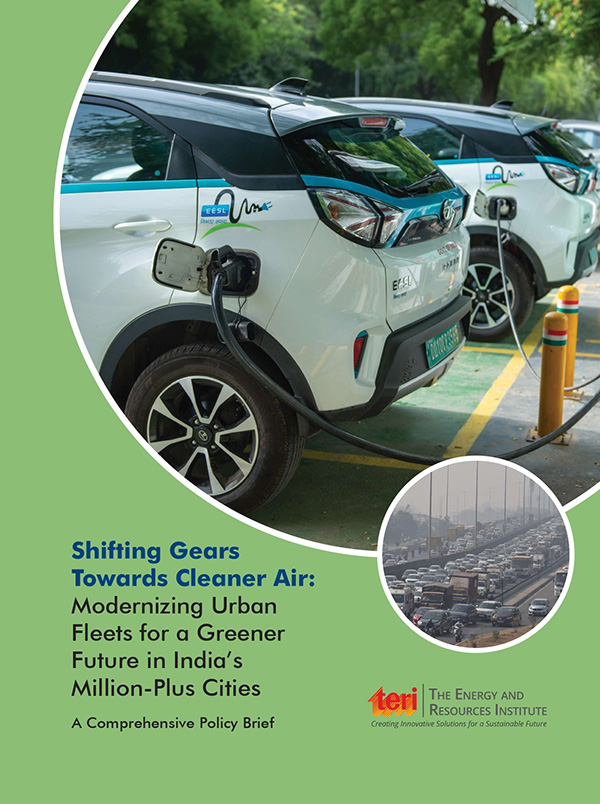Shifting Gears Towards Cleaner Air: Modernizing Urban Fleets for a Greener Future in India’s Million-Plus Cities
In response to extreme levels of fine particulate air pollution in India and the increasing recognition of its adverse health impacts, the Indian government launched the National Clean Air Programme (NCAP) in January 2019 (Ministry of Environment, Forest, and Climate Change, 2019). The NCAP aims to improve air quality in 131 cities, including non-attainment cities and Million Plus Cities across 24 states through a multi-stakeholder engagement approach. All 131 cities have developed city Action Plans (CAPs) and are being implemented by Urban Local Bodies. These city specific clean air action plans target air polluting sources like Soil & Road Dust, Vehicles, Domestic Fuel, MSW Burning, Construction Material and Industries within the city. Among these sectors, emission exhaust from transportation is one of the major contributors to city level air pollution
Under the NCAP, urban local bodies, in collaboration with Institutes of Repute (IoR) among other assessments are responsible for conducting emission inventory analyses and source apportionment studies to identify and quantify the contributions of air pollution sources responsible for degrading the city’s overall air quality. These scientific studies enable cities to implement targeted measures against specific pollution sources and plays a pivotal role in air pollution management. The major contributing sectors include residential cooking, transport, road dust, industries, and power generation. However, their impact varies by location—industrial emissions are significant in regions with a high concentration of industries but minimal elsewhere, while the power sector’s contribution is substantial near thermal power plants. The residential sector plays a larger role in areas with low LPG penetration. In contrast, the transport sector remains a dominant contributor across all major cities, driven by the growing demands of an expanding population.
This study aims to assess the impact of phasing out older vehicles and transitioning to cleaner fuels in India’s 44 million-plus cities. The impact will be examined in terms of EV and CNG infrastructure and investment, fuel and energy savings, electricity demand, scrapping facilities, job creation, reduction in GHG Emission and potential improvements in air quality. This study caters to national policymakers, by providing research-backed insights and strategic solutions to foster a greener future in major cities of India.

